National Parks in India, India is not only famous for its rich culture but also for its amazing biodiversity. With different ecosystems, the country is home to a wide variety of plants and animals. India’s national parks offer a special experience for wildlife lovers, nature enthusiasts, and adventure seekers. From seeing the rare Bengal tiger to exploring green forests and wetlands, here’s a list of the top 10 national parks in India that promise exciting wildlife adventures.
- 1. Jim Corbett National Park, Uttarakhand: India’s First National Park
- 2. Ranthambore National Park, Rajasthan: The Tiger Kingdom
- 3. Kaziranga National Park, Assam: Home to the One-Horned Rhinoceros
- 4. Bandhavgarh National Park, Madhya Pradesh: The Highest Tiger Density
- 5. Kanha National Park, Madhya Pradesh: Inspiration Behind ‘The Jungle Book’
- 6. Periyar National Park, Kerala: The Land of Elephants
- 7. Sundarbans National Park, West Bengal: The Mangrove Kingdom
- 8. Gir National Park, Gujarat: The Last Refuge of Asiatic Lions
- 9. Pench National Park, Madhya Pradesh: The Heart of Kipling’s India
- 10. Manas National Park, Assam: A UNESCO World Heritage Site
- FAQs
1. Jim Corbett National Park, Uttarakhand: India’s First National Park
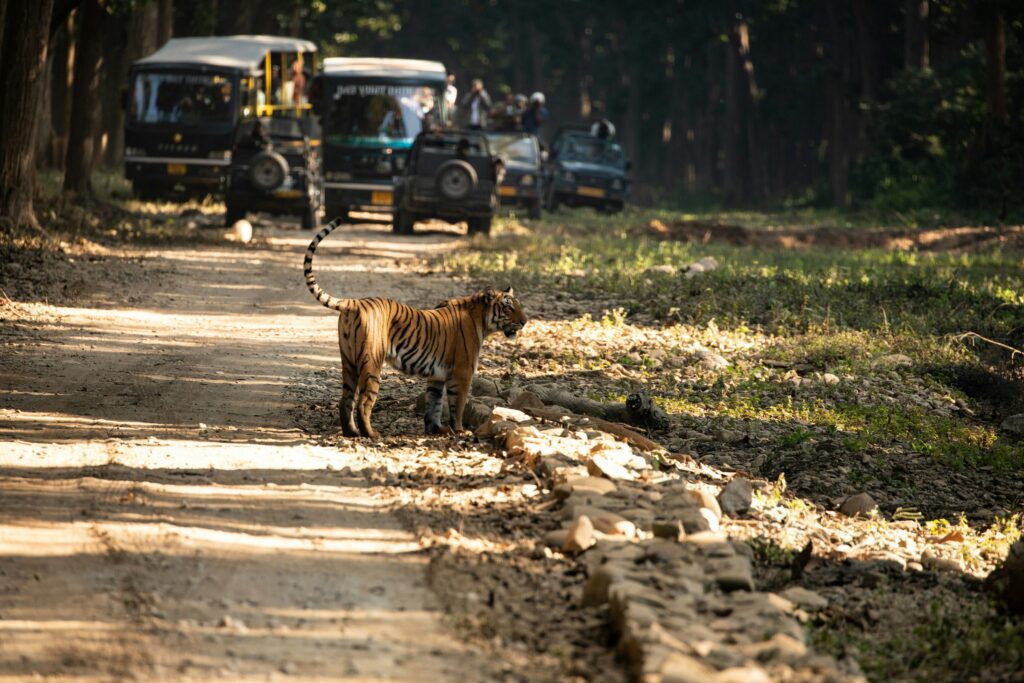
Jim Corbett National Park, established in 1936, is not only India’s oldest national park but also the first to be part of the Project Tiger initiative. Located in the foothills of the Himalayas, this park is known for its thick forest, rolling grasslands, and the amazing Bengal tiger. Besides tigers, visitors can see leopards, elephants, and many different kinds of birds.
- Special Adventures: Tiger safaris, birdwatching, elephant rides.
- Best Time to Visit: November to June.
2. Ranthambore National Park, Rajasthan: The Tiger Kingdom
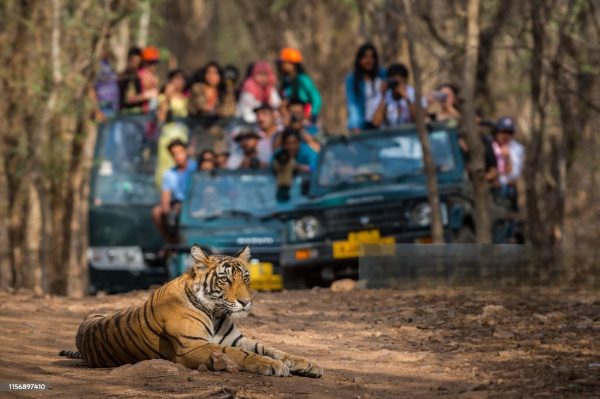
Ranthambore National Park is one of India’s most famous wildlife reserves, known for its large number of Bengal tigers. The park has a beautiful background with the historic Ranthambore Fort, offering amazing landscapes with rocky hills, lakes, and open grasslands. It’s easy to see tigers here, especially around water.
- Special Adventures: Tiger safaris, fort exploration.
- Best Time to Visit: October to June.
3. Kaziranga National Park, Assam: Home to the One-Horned Rhinoceros
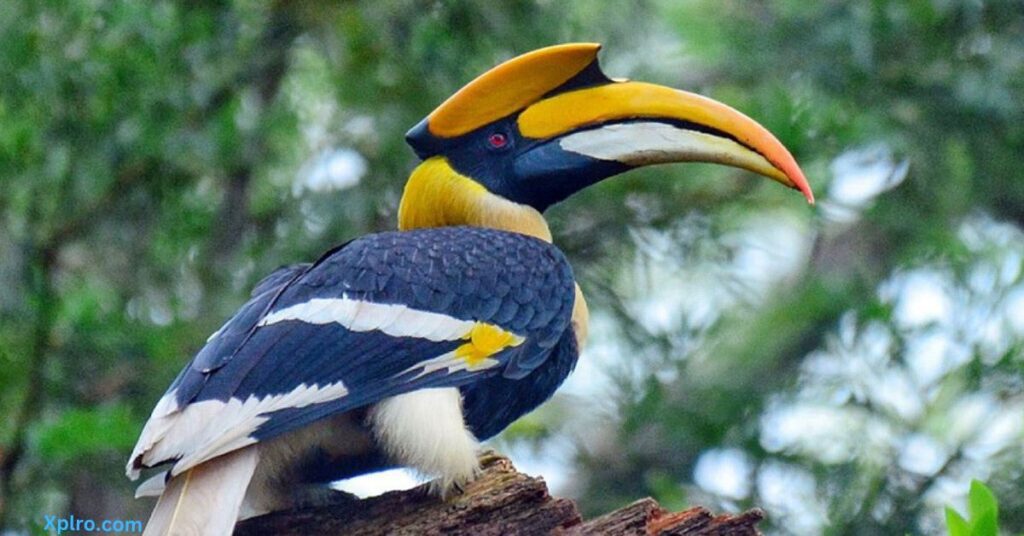
Kaziranga National Park, a UNESCO World Heritage Site, is famous worldwide for its population of Indian one-horned rhinoceros. Located in Assam, the park is also home to elephants, wild buffaloes, swamp deer, and many different kinds of migratory birds. Its large grasslands and wetlands offer a unique wildlife experience in India’s northeastern region.
- Special Adventures: Rhino spotting, elephant safaris, birdwatching.
- Best Time to Visit: November to April.
4. Bandhavgarh National Park, Madhya Pradesh: The Highest Tiger Density
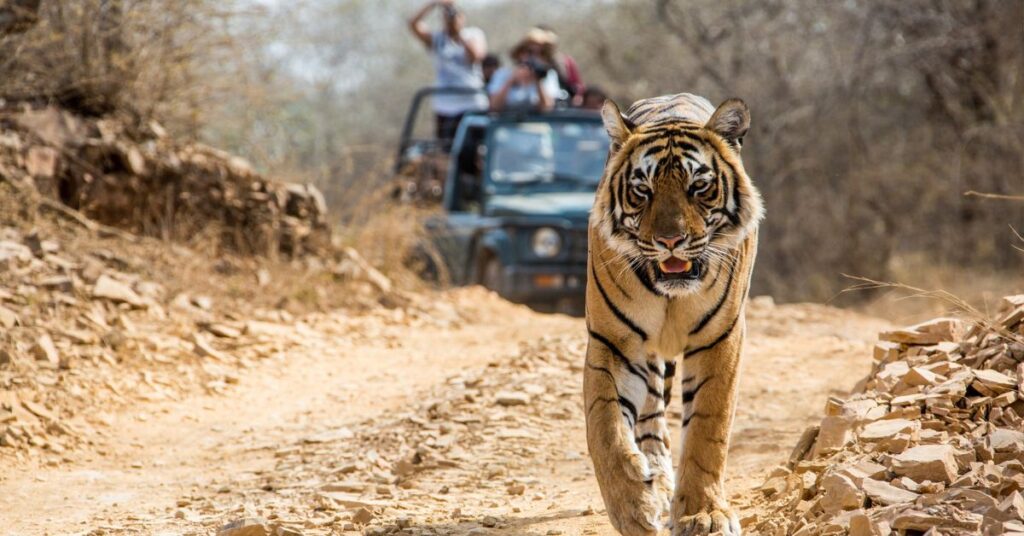
Bandhavgarh National Park has the highest number of Bengal tigers per square mile in India, making it a great place to see tigers. The park is also home to leopards, sloth bears, and many kinds of deer. With its thick forests, rocky hills, and ancient Bandhavgarh Fort ruins, the park offers a perfect combination of wildlife and history.
- Special Adventures: Tiger safaris, fort visits, jungle trekking.
- Best Time to Visit: October to June.
5. Kanha National Park, Madhya Pradesh: Inspiration Behind ‘The Jungle Book’
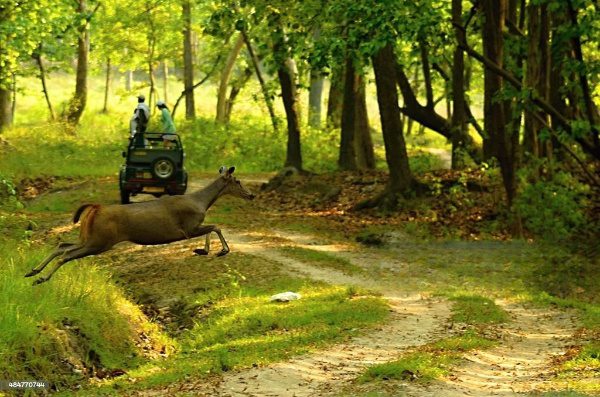
Kanha National Park, often called Mowgli’s Land, was the inspiration for Rudyard Kipling’s famous novel “The Jungle Book”. It’s known for its large grasslands, forests, and the Barasingha (swamp deer), which can only be found here. Tigers, leopards, and wild dogs are also often seen.
- Special Adventures: Wildlife safaris, nature walks, birdwatching.
- Best Time to Visit: October to June.
6. Periyar National Park, Kerala: The Land of Elephants
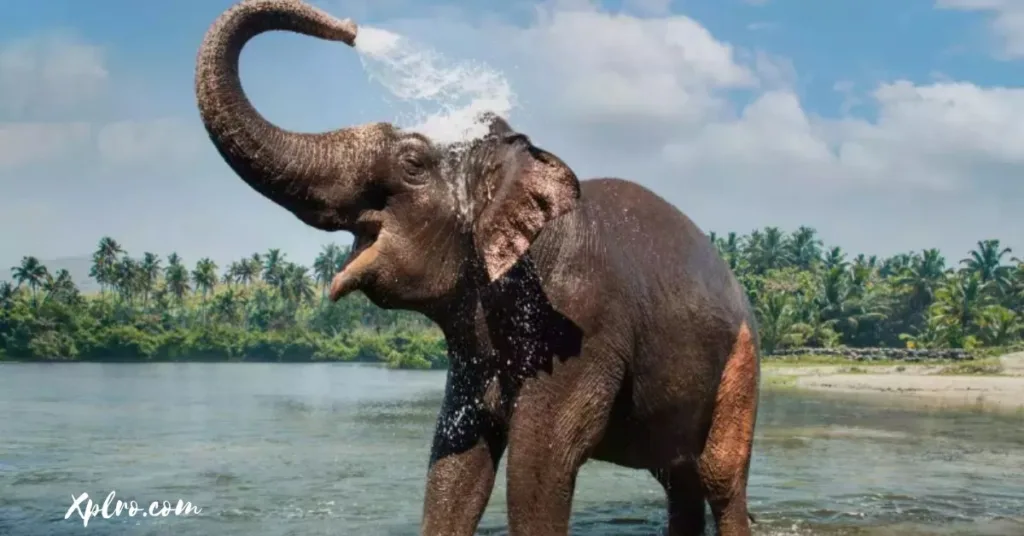
Located in the Western Ghats of Kerala, Periyar National Park is one of the best places in India to see elephants in the wild. The park is known for its beautiful Periyar Lake, where visitors can enjoy boat rides while watching elephants and other wildlife near the water. Periyar is also home to tigers, leopards, and many different kinds of birds.
- Special Adventures: Boat safaris, trekking, bamboo rafting.
- Best Time to Visit: October to April.
7. Sundarbans National Park, West Bengal: The Mangrove Kingdom
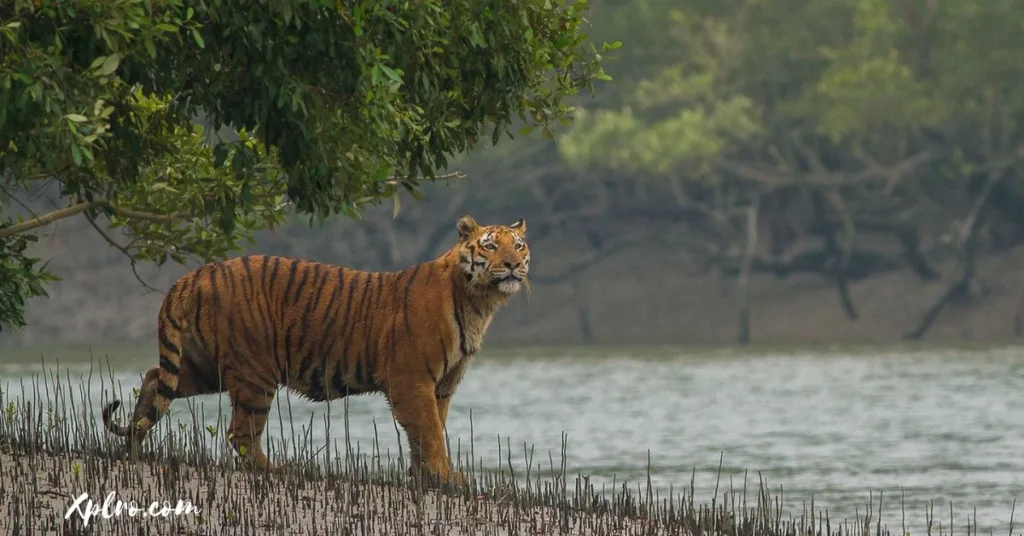
The Sundarbans, a UNESCO World Heritage Site, is the world’s largest tidal mangrove forest. Famous for the Royal Bengal Tiger, this unique ecosystem is also home to saltwater crocodiles, spotted deer, and many different kinds of aquatic life. The Sundarbans is unlike any other national park because of its thick mangroves and waterways.
- Special Adventures: Boat safaris, tiger spotting, exploring mangrove forests.
- Best Time to Visit: November to March.
8. Gir National Park, Gujarat: The Last Refuge of Asiatic Lions
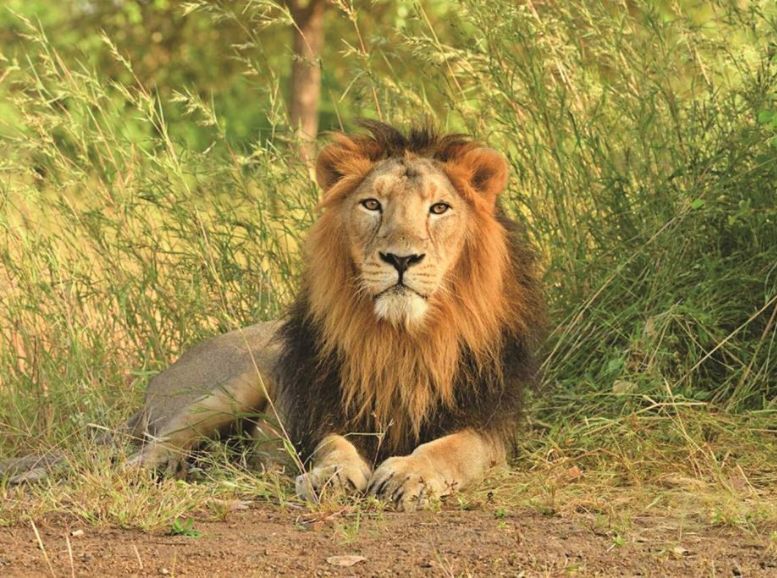
Gir National Park is the only place in the world where you can see the endangered Asiatic lion in the wild. The dry deciduous forests of Gir are also home to leopards, hyenas, and many different kinds of deer. Gir offers a rare chance to see lions in their natural habitat, making it one of India’s most unique wildlife adventures.
- Special Adventures: Lion safaris, jeep tours, birdwatching.
- Best Time to Visit: December to April.
9. Pench National Park, Madhya Pradesh: The Heart of Kipling’s India
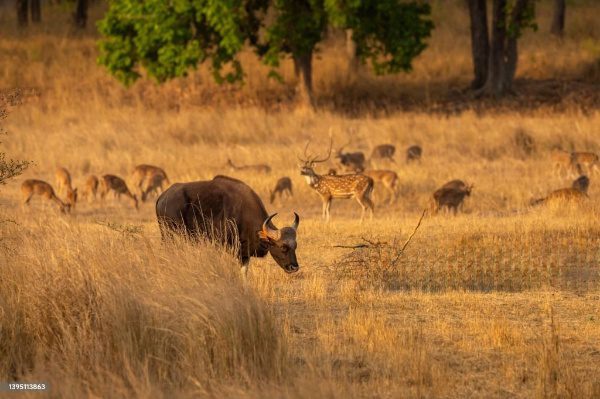
Another park that inspired The Jungle Book, Pench National Park is located on the border of Madhya Pradesh and Maharashtra. This park is full of wildlife, with regular sightings of tigers, leopards, wild dogs, and deer. The park’s diverse landscape includes tropical forests, open grasslands, and rivers, offering a real jungle adventure.
- Special Adventures: Jungle safaris, night camping, nature walks.
- Best Time to Visit: November to May.
10. Manas National Park, Assam: A UNESCO World Heritage Site
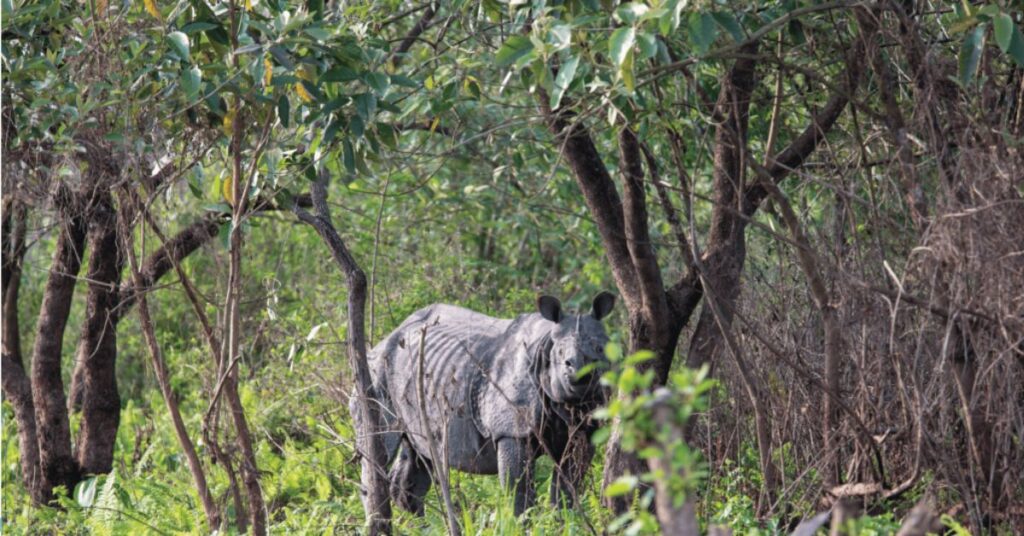
Manas National Park is a UNESCO World Heritage Site located in the foothills of the Himalayas in Assam. Known for its rare and endangered species, the park is home to animals like the Assam roofed turtle, golden langur, pygmy hog, and, of course, tigers. The park’s combination of grasslands and riverine forests makes it a beautiful place for wildlife enthusiasts.
- Special Adventures: Wildlife safari, river rafting, birdwatching.
- Best Time to Visit: October to April.
Conclusion: National Parks in India
India’s national parks offer an unparalleled opportunity to explore the country’s incredible wildlife and biodiversity. From the majestic Bengal tiger in Ranthambore or Bandhavgarh to the endangered Asiatic lion roaming Gir’s dry forests, each park provides unique adventures. Kaziranga boasts one-horned rhinos, while Periyar National Park lets you see elephants in their natural habitat on boat rides through picturesque Periyar Lake. Manas and Kanha, inspirations for Rudyard Kipling’s “The Jungle Book,” offer diverse landscapes teeming with tigers, leopards, and rare species. Explore the world’s largest tidal mangrove forest, the Sundarbans, or discover the rich wildlife of Jim Corbett, India’s oldest national park. Whether you’re an avid wildlife enthusiast or someone seeking a tranquil escape into nature, these top 10 national parks, along with many others, promise unforgettable adventures. So pack your bags, grab your binoculars, and embark on a thrilling journey through India’s wild side with Xplro.com as your guide!
FAQs
1. Which is the oldest national park in India?
- The oldest among the National Parks in India is Jim Corbett National Park, established in 1936. It is well-known for being the first park to come under Project Tiger.
2. Where can I see the Bengal tiger in India?
- You can spot Bengal tigers in several National Parks in India, such as Ranthambore, Jim Corbett, Bandhavgarh, Kanha, and Sundarbans National Park.
3. Which national park in India is famous for the one-horned rhinoceros?
- Kaziranga National Park, located in Assam, is the most famous of all National Parks in India for the Indian one-horned rhinoceros, offering a unique wildlife experience.
4. What is the best time to visit national parks in India for wildlife spotting?
- The ideal time to visit most National Parks in India is between October and June when the weather is favorable, and wildlife is more visible near water sources.
5. Where can I see Asiatic lions in India?
- Gir National Park in Gujarat is the only place among all the National Parks in India where you can see the endangered Asiatic lions in their natural habitat.
6. What activities can I do in national parks in India?
- In various National Parks in India, you can participate in activities like jeep safaris, elephant safaris, boat rides, birdwatching, and nature walks, offering a range of wildlife experiences.
7. Where can I see wild elephants in India?
- For those interested in elephants, Periyar National Park in Kerala is one of the best places to see wild elephants. Other National Parks in India like Jim Corbett and Kaziranga also offer sightings.
8. Which national park inspired The Jungle Book?
- Kanha National Park is known as the inspiration behind Rudyard Kipling’s “The Jungle Book”. Other National Parks in India, such as Pench, also share connections with this famous tale.
9. Are there any UNESCO World Heritage Sites among the national parks in India?
- Yes, some National Parks in India such as Kaziranga, Manas, and Sundarbans National Park are recognized as UNESCO World Heritage Sites for their unique ecosystems and rare species.
10. What makes Sundarbans National Park special?
- Sundarbans National Park stands out among the National Parks in India as the largest mangrove forest in the world, known for the Royal Bengal Tiger and saltwater crocodiles.
11. How can I book a safari in national parks in India?
- You can easily book safaris in most National Parks in India through their official websites or authorized travel agencies. Early bookings are recommended, especially during peak seasons.
12. Are national parks in India open all year?
- Most National Parks in India are open from October to June. However, they close during the monsoon season (July to September) due to weather conditions.






